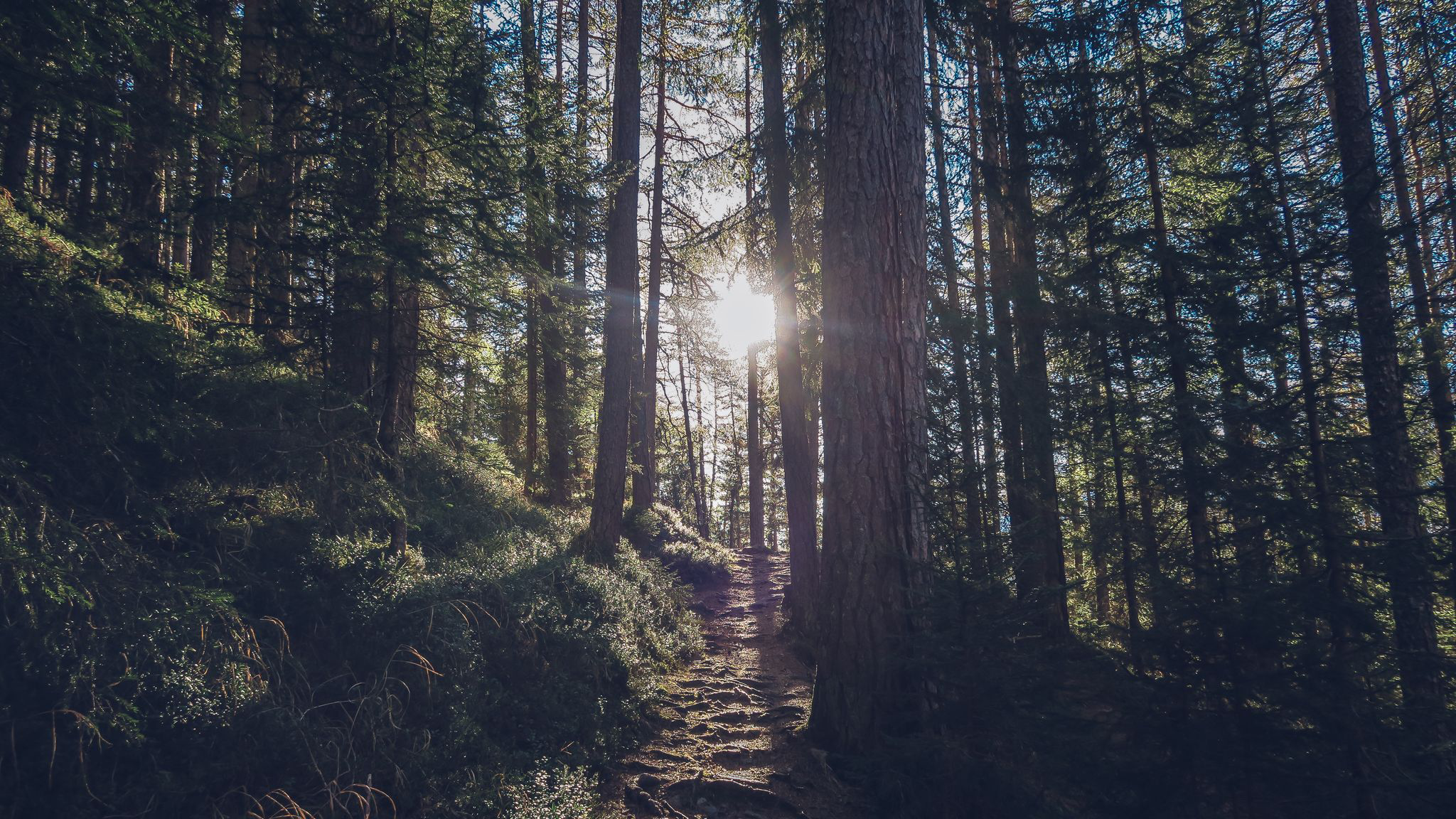We’ve just celebrated a milestone at TRG Arts. For the first time in the company’s 25-year history, we’ve received outside investment to help catapult our impact for the arts, cultural and (small e) entertainment fields at a time when impact is the oxygen we need to grow and sustain.
Blue Cypress is our new investor and the right partner for TRG Arts for lots of reasons. Principal among them is that the company is built on the Evergreen concept in which private companies deliver purpose-driven work that puts people first and invests in the long term. Blue Cypress Chairman and Founder Amith Nagarajan describes “evergreen” as: Long-term thinking. Lasting impact. Lifelong growth. “Blue Cypress builds and supports organizations that create enduring value,” he says, “and uplift people, concepts, and communities that contribute positively to the world.”

This orientation fits TRG like a glove — and it goes even further. During the “getting to know you” process with Blue Cypress I was introduced to the concept of Conscious Capitalism, initially conceived by Whole Foods Founder John Mackey and Raj Sisodia, co-author of the book, “Conscious Capitalism.” This business movement is now a similarly-named 501(c)3 and describes its philosophy this way:
We believe that business is good because it creates value, it is ethical because it is based on voluntary exchange, it is noble because it can elevate our existence, and it is heroic because it lifts people out of poverty and creates prosperity. Free enterprise capitalism is the most powerful system for social cooperation and human progress ever conceived. It is one of the most compelling ideas we humans have ever had. And we can aspire to even more…
Conscious businesses will help evolve our world so that billions of people can flourish, leading lives infused with passion, purpose, love and creativity; a world of freedom, harmony, prosperity, and compassion.”
Boy, oh boy, do we aspire to these great things at TRG, within our sphere of influence. And regardless of differing points of view regarding how to achieve impact, those of us who’ve chosen a for-profit business model are often different only in tax status, not in mindset. Our goals are no less great than those who created non-profits or charitable organizations or work within government structures designed to serve communities or regions. Those who choose this focus want to work toward a common-good purpose and see positive results in communities and people that flourish.
Blue Cypress sees this, believes it, and wants to invest in organizations that work to make this change happen.

Philosophy of Conscious Capitalism, Inc., at https://www.consciouscapitalism.org/philosophy.
The Role of Business in Arts and Culture
In a recent blog, I shared my belief that community arts, culture and “small-e” entertainment are better served when they act together as an ecology across business models. A prime example during the pandemic: the National Independent Venue Association (NIVA) took the approach of ecosystem collaboration to create the #saveourstages movement, resulting in $16 billion in government relief accessible through the Shuttered Venues Operators Grants (SVOG) for American arts and live performance venues. Talk about impact.
Business and charity, artists, government and universities may have different ways of reaching their goals, but most have common objectives for this sector: creative abundance, income sustainability, long-term relationships, fair treatment, impact, relevance and more. That said, I observe that business is more often than not viewed negatively, especially by leaders in the non-profit, government or charitable sector, and I think it’s unfair. Businesses are sometimes categorized as “vendors” and “suppliers,” as if motives are different or suspect. And yet, pick any business, regardless of tax structure, and you’ll find good, bad, and marginal performance. My belief? Those focused on high standards, and who work purposefully to perform with excellence, should gather, share experiences and learn from each other.
We should be devising systems for creative economy resilience. Together.
The creative sector is now uniquely motivated to make this happen if we stick to our conviction that we must change. I’m seeing this in action as a new board member for the Association of Performing Arts Professionals (APAP) here in the States. The pandemic has renewed this organization’s vision and desire to serve the entire presenting/receiving ecology — artist, vendor, building owner, talent agent. I don’t often hear leaders talk about serving the whole system, but APAP CEO Lisa Richards Toney is, and I admire it.
We’re all working toward a common end, and we should start acting like it.
How Do We Change? Start With Individual Resilience
This year, I’ve been teaching a group of international, non-profit/charitable arts and cultural CEOs about sector and individual resilience. It’s been awesome as, together, we’re learning from each other in a “what-happens-in-Zoom-stays-in-Zoom” environment of trust and candor about the opportunities and challenges of running creative organizations during a pandemic. Woo. (If anyone wants to join our next Convene cohort, register your interest here.)
We started our year-long journey talking about learning agility, the process individuals and organizations can adopt to develop skills and tools to be more resilient.
Learning-agile people and organizations do these things:
- Seek new experiences, regularly and strategically, even though new experiences put us outside our comfort zones and make us feel like personal and professional toddlers, learning to walk and talk for the first time. We all experienced this in SPADES during a pandemic, but didn’t choose it. How often have you, your organization or team sought new learning experiences prior to this time?
- Settle in for a bit during the discomfort of “new” and try to make sense of it. Allow this “outside observer” mentality — curious, non-judgmental — lead you to gather the pieces of the “new” for study and examination.
- Internalize the feelings and reflect on actions. Learning agile organizations and people ask themselves, “How are we showing up during our discomfort? Do we like what we’re seeing? Have we asked anyone else how we’re doing?”
- Learn and apply the learnings from the experience. All lessons cost some sort of tuition. Shame on us if we don’t purposefully, with process, apply them. If we don’t — personally or organizationally — it becomes an entirely wasted education.
This group of 15 CEOs and I are working to apply these concepts individually and organizationally for personal and business impact. These leaders are NOT satisfied with returning to “normal” after the pandemic. They want their organizations to learn and adapt for long-term resiliency that will also strengthen our arts and culture ecology.
As I share with them my personal experiences as a for-profit business owner whose life’s work is about supporting our collective creative sector and economy, I’m seeing in real-time how we can grow when we learn from each other and each other’s business models.

Photo by Paul Gilmore on Unsplash
The Fourth Paradigm, Where Commercial and Non-Commercial Meet
I first need to credit author William Deresiewicz. In 2020, he wrote an excellent book, “The Death of the Artist: How Creators Are Struggling to Survive in the Age of Billionaires and Big Tech,” in which he rattles our collective cages about creativity, sharing it, and the consequences of doing so in our current era.
Fair enough. There’s so much more depth to explore in this well-researched and awesomely academic (but not off-putting) book. But the most interesting part, to my ears, is near the end when he explores “The Fourth Paradigm” and speculates on the next-phase impact of business on the artist and creativity. He concludes that “the perfect word to christen our new paradigm … is the word ‘producer.’” He describes this as where “the commercial and non-commercial, even the anti-commercial, meet.” As I read his theories and complaints, history and context, I see an ecology of creative producers of all kinds working together to create more brilliant people and communities.
On the main, Deresiewicz focuses on — and fears — the impact of business and commercial operations on the artist. I recently described “Big E” entertainment organizations that are often publicly held and profits-focused, similarly, and wondered: Do they care as much about supporting our collective creative sector and economy as they care about profits? Probably not.
But there are so many organizations and people that feed into this care-for-the-impact creative ecology, all having a desire to do things that matter. So many! Here are a few shining examples:
- The non-profit Kennedy Center for the Performing Arts, and its annual Kennedy Center Honors (which I watched with devotion this week — so good!), cares for the impact of arts in America in Washington D.C. and hundreds of communities.
- Government agency Arts Council England has long been studying, investing in and making the case for the positive impact of arts and culture.
- The Toronto Arts Foundation works to strengthen Toronto by creating a vibrant and creative city where every neighbourhood is enriched by the transformative benefits of the arts.
- I’ve been proud to be involved in a university setting, at Southern Methodist University, in Dallas, that not only teaches artistry, but also arts business, AND invests in studying the arts ecology and economy through the high-quality data and resources of SMU DataArts.
- There are large corporate interests supporting creative industries through sponsorships and investment. And let’s not forget the many businesses creating purpose and jobs by supporting the sector, including talent and media agencies, telefunding firms, specialized consultancies and more. We are SO MANY.
And finally, I’m struck by Coventry, a UK City of Culture 2021, in England, where this national award designation both honors and elevates the city’s history and culture to drive the local economy, support the community, and sustainably invest in ways that will extend beyond the one-year award period that started in May. The “Coventry Moves” videos tell an inspiring community story, and I can’t wait to see the impact of this broader approach to the city and region’s arts and culture ecology.
It is just this kind of creative, long-term thinking and action that will bring our many and varied interests together for lasting impact in our communities. It will need to be a conscious effort on our part — on everyone’s part — to move the arts and culture sector forward, together.


